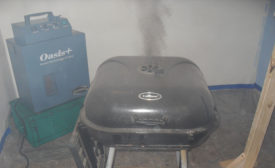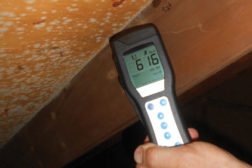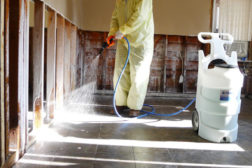Articles by Michael A. Pinto CSP, CMP, RTPE
The Important Place of Mold Stain Removers in the Remediation Industry
Answering four major questions about this popular industry product
Read More
13 Future Trends UPDATE: Struggling Franchises & Increased Bureaucracy
U.S. Supreme Court, OSHA, & State Involvement
Read More
13 Future Trends in the Restoration Industry
National Credentials, struggling franchises, bureaucracy, & more
Read More
The Remediation Trifecta: Mold, Asbestos & Lead Paint
When a mold remediation job grows into a much bigger task
Read More
Get our new eMagazine delivered to your inbox every month.
Stay in the know on the latest disaster restoration and remediation trends.
SUBSCRIBE TODAY!Copyright ©2022. All Rights Reserved BNP Media.
Design, CMS, Hosting & Web Development :: ePublishing








